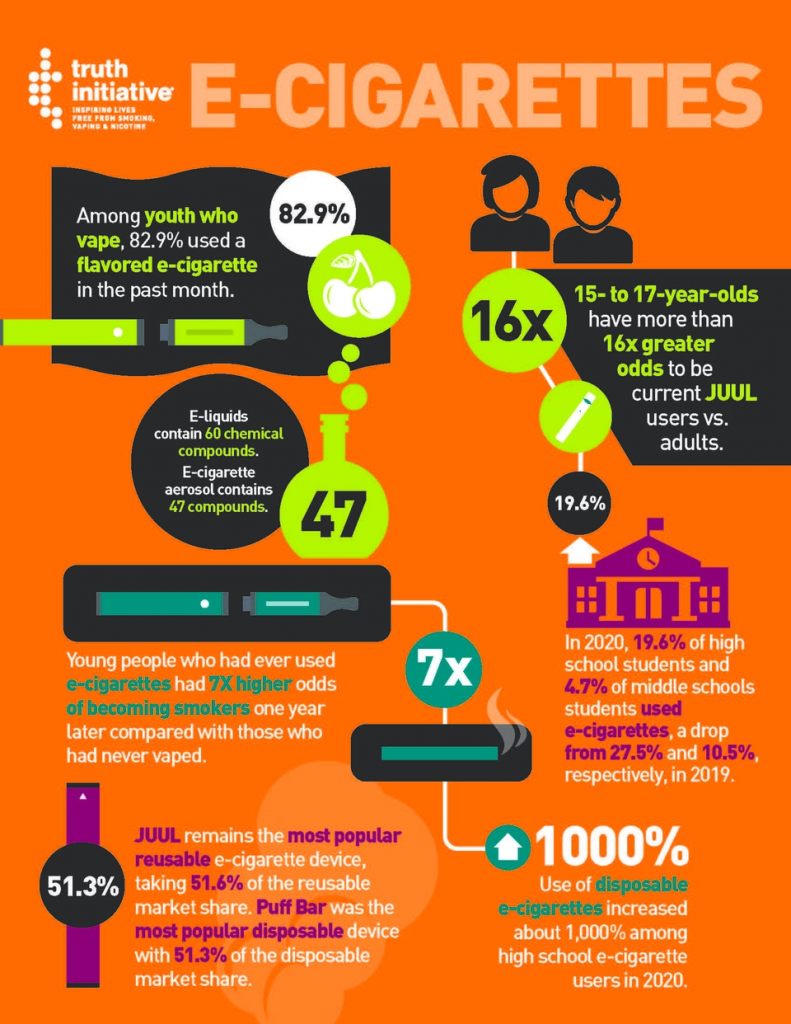What age group is vaping the most?

The landscape of tobacco consumption has undergone a significant transformation with the emergence of vaping. Once hailed as a safer alternative to traditional smoking, vaping has captured the attention of diverse age groups. However, as we delve into the statistics, it becomes evident that a particular age group has embraced this trend more than others. In this article, we will explore the demographics of vaping, shedding light on the age group that is at the forefront of this controversial phenomenon.
The Vaping Boom:
Vaping, or the use of electronic cigarettes, has witnessed an unprecedented surge in popularity since its introduction to the market. Initially marketed as a smoking cessation aid, vaping devices quickly became a cultural phenomenon, with sleek designs and a myriad of flavored e-liquids appealing to a broad spectrum of consumers. The allure of a seemingly safer alternative to traditional tobacco, coupled with the social and technological aspects of vaping, contributed to its widespread adoption.
Demographics of Vaping:
To understand the prevalence of vaping across different age groups, it is crucial to examine the available data. According to various studies and surveys conducted by public health agencies and research institutions, a clear pattern emerges.
- Adolescents and Young Adults:
One of the most alarming trends is the high prevalence of vaping among adolescents and young adults. The appeal of flavored e-liquids, coupled with aggressive marketing strategies by vaping companies, has led to a concerning increase in the number of teenagers experimenting with these products. School-based surveys indicate that vaping rates are disproportionately high among high school students, with many trying e-cigarettes before they even reach the legal smoking age.
The easy accessibility of vaping products, both online and in physical stores, has further fueled this trend. Concerns about the long-term health effects of vaping on developing brains have prompted public health officials to take decisive action to curb the rising rates of e-cigarette use among this demographic.
- Young Professionals:
While the teenage demographic dominates the vaping landscape, young professionals in their twenties and thirties also contribute significantly to the prevalence of vaping. The perception of vaping as a sophisticated and modern alternative to smoking has resonated with this age group, leading to widespread adoption. The flexibility of vaping, allowing users to indulge discreetly without the lingering odor of traditional cigarettes, has made it an attractive choice for those navigating social and professional settings.
- Middle-Aged Individuals:
Surprisingly, vaping is not exclusive to the younger generation. Middle-aged individuals, who may have struggled with traditional smoking, often turn to vaping as a smoking cessation tool. The perceived reduction in harm compared to traditional cigarettes, along with the variety of nicotine strengths available in e-liquids, has made vaping an appealing option for those seeking to quit smoking.
Conclusion:
In conclusion, the age group that is vaping the most is predominantly composed of adolescents and young adults. The surge in popularity among teenagers raises concerns about the potential long-term health consequences and has prompted increased regulatory scrutiny. However, it is essential to recognize that vaping is not limited to one age group, with young professionals and middle-aged individuals also contributing significantly to the phenomenon.
As we continue to navigate the evolving landscape of tobacco alternatives, it is imperative to address the unique challenges posed by vaping, especially among the youth. Public health campaigns, stricter regulations, and ongoing research into the health effects of vaping are crucial elements in mitigating the potential risks associated with this prevalent trend.
